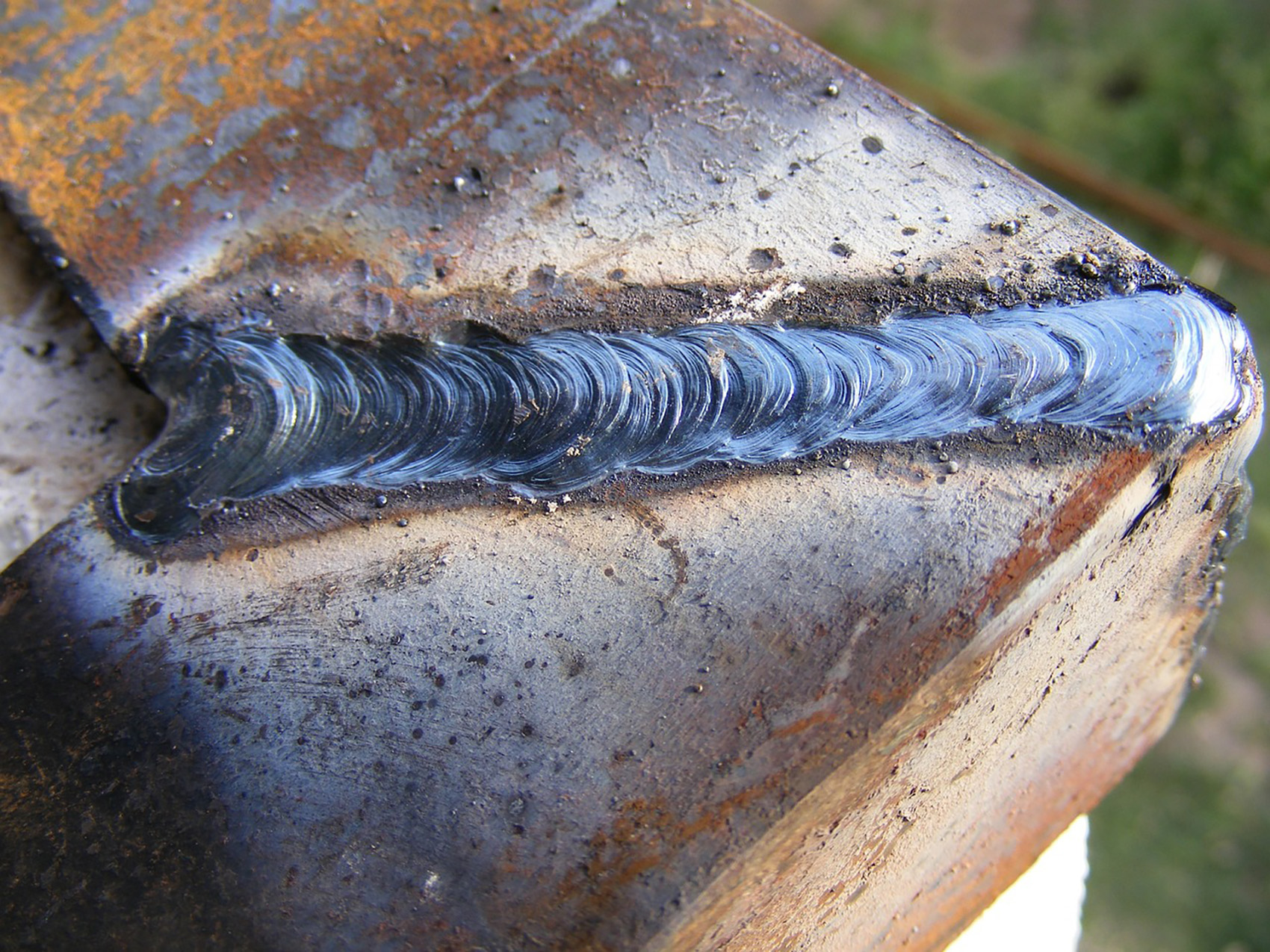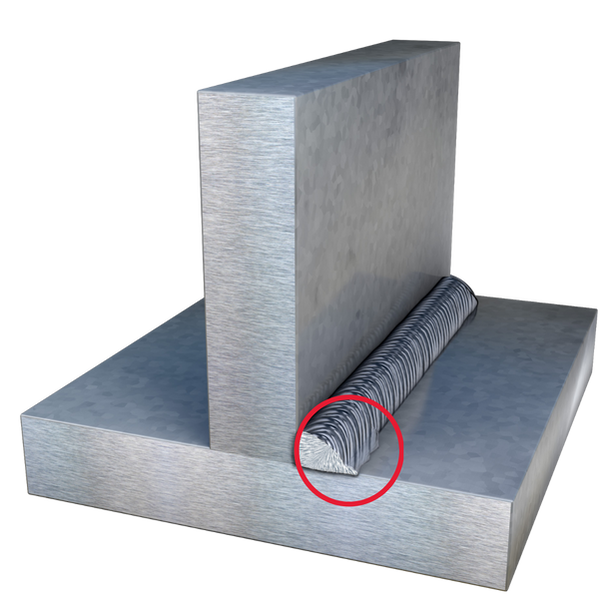Mastering the Art of Welding: Exactly How to Stay Clear Of Undercut Welding Issues for Flawless Construction Outcomes
By recognizing the origin triggers of undercut welding and executing efficient methods to avoid it, welders can raise their craft to brand-new degrees of quality. In the search of remarkable fabrication results, understanding the art of welding to avoid undercut issues is not just a skill but a necessity for those striving for perfection in their job.
Understanding Undercut Welding

To protect against undercut welding, welders should ensure appropriate welding criteria, such as readjusting the existing, voltage, traveling rate, and keeping the proper electrode angle. By recognizing the reasons of undercut welding and applying preventive measures, welders can attain high-quality, structurally sound welds.
Reasons For Undercut in Welding
Recognizing the elements that add to damage in welding is vital for welders to generate top notch, structurally audio welds. Inadequate welding incorrect or present welding rate can also contribute to damage. Recognizing these causes and carrying out correct welding techniques can assist protect against undercutting problems, making sure durable and strong welds.
Methods to stop Undercutting

To alleviate the risk of undercutting in welding, welders can utilize calculated welding strategies targeted at enhancing the quality and stability of the weld joints. One efficient technique is to adjust the welding parameters, such as voltage, current, and travel speed, to guarantee appropriate warm input and deposition. Preserving an appropriate electrode angle and making certain regular traveling rate can additionally aid protect against undercut. In addition, making use of the proper welding strategy for the details joint arrangement, such as weave or stringer grains, can add to lowering damaging. Preventing weld undercut.
In addition, correct joint prep work, including ensuring tidy base products totally free of contaminants and making use of the ideal welding consumables, is vital in stopping undercut problems. Employing back-step welding strategies and managing the weld bead account can also aid disperse heat equally and lessen the risk of undercut. Normal evaluation of the weld joint during and after welding, in addition to executing quality control measures, can assist in discovering and addressing damaging problems promptly. By implementing these techniques diligently, welders can achieve perfect manufacture results with minimal undercut flaws.
Relevance of Appropriate Welding Criteria
Choosing and maintaining ideal welding criteria is vital for attaining effective welds with minimal defects. Welding criteria describe variables such as voltage, present, travel speed, electrode angle, and shielding gas circulation price that straight affect the welding process. These specifications must be very carefully changed based upon the kind of product being bonded, its thickness, and the welding strategy employed.
Proper welding parameters make certain the correct amount of warmth is related to thaw the base metals and filler product consistently. If the parameters are set too expensive, it can bring about excessive warm input, creating burn-through, spatter, or distortion. On the various other look what i found hand, if the specifications are as well low, incomplete fusion, absence of penetration, or undercutting may happen.
Quality Control in Welding Workflow

Final Thought
Finally, understanding the art of welding calls for a detailed understanding of undercut welding, its reasons, and methods to prevent it. By making sure proper welding specifications and carrying out quality control techniques, perfect manufacture check this results can be accomplished. It is essential for welders to regularly strive for excellence in their welding operations to prevent undercut problems and create high-grade welds.
Undercut welding, a common flaw in welding procedures, takes place when the weld steel does not properly fill the groove and leaves a groove or clinical depression along the bonded joint.To prevent undercut welding, welders should guarantee appropriate welding criteria, such as changing the existing, voltage, traveling rate, and maintaining the correct electrode angle. Poor welding inaccurate or current welding rate can likewise add to undercut.To mitigate the risk of damaging in welding, welders can utilize tactical welding techniques aimed at enhancing the quality and integrity of the weld joints.In verdict, grasping the art of welding requires a comprehensive understanding of undercut welding, its causes, and techniques to prevent it.